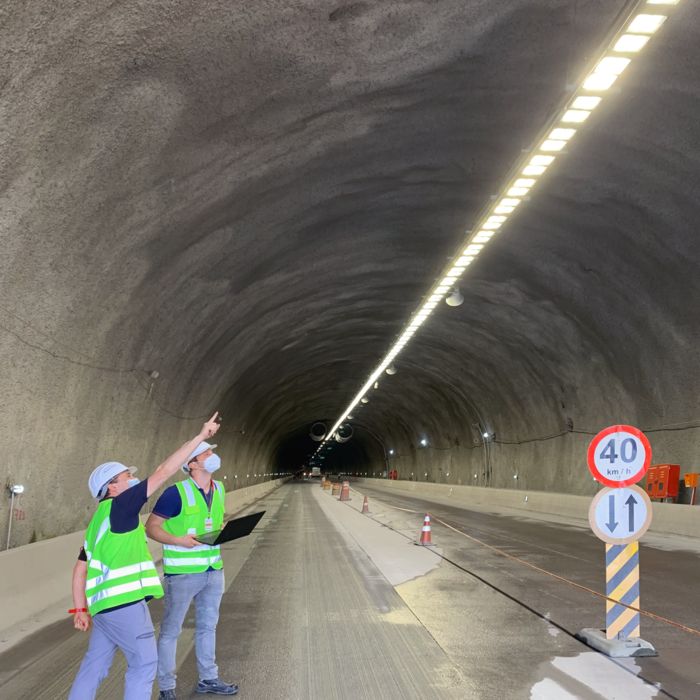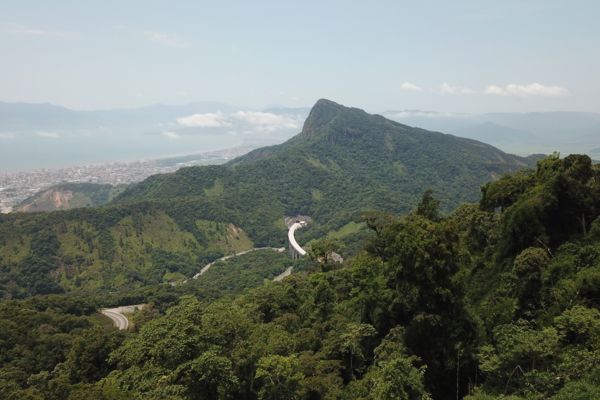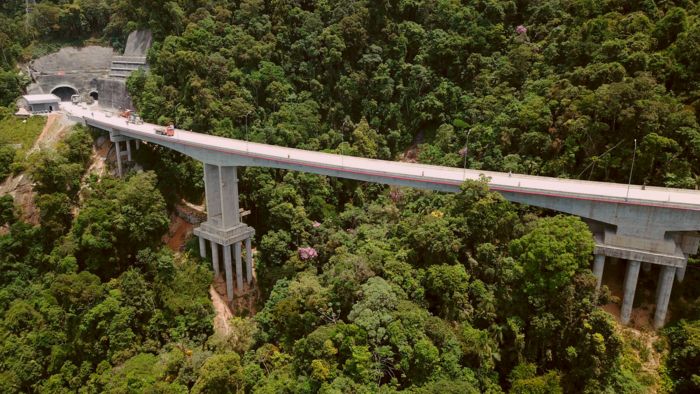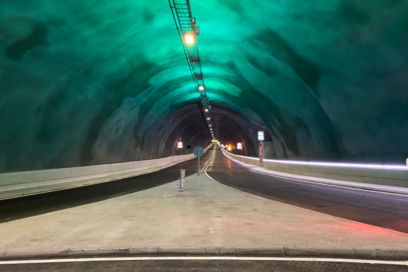If the lighting is significantly dimmed down during the night, for example, the control system from Phoenix Contact switches off certain lights and increases the light intensity of the remaining lights accordingly. This extends their service life, optimizes the power factor, and reduces reactive power. Other factors such as cleaning intervals and age-related losses are taken into consideration in this context.
The Lumgate activation electronics also measure and monitor the current of the individual lights. To enable this, Schréder installed the Lumgate directly in the lights or the corresponding driver boxes. The activation electronics then enable manufacturer-independent control of freely selectable LED drivers.











